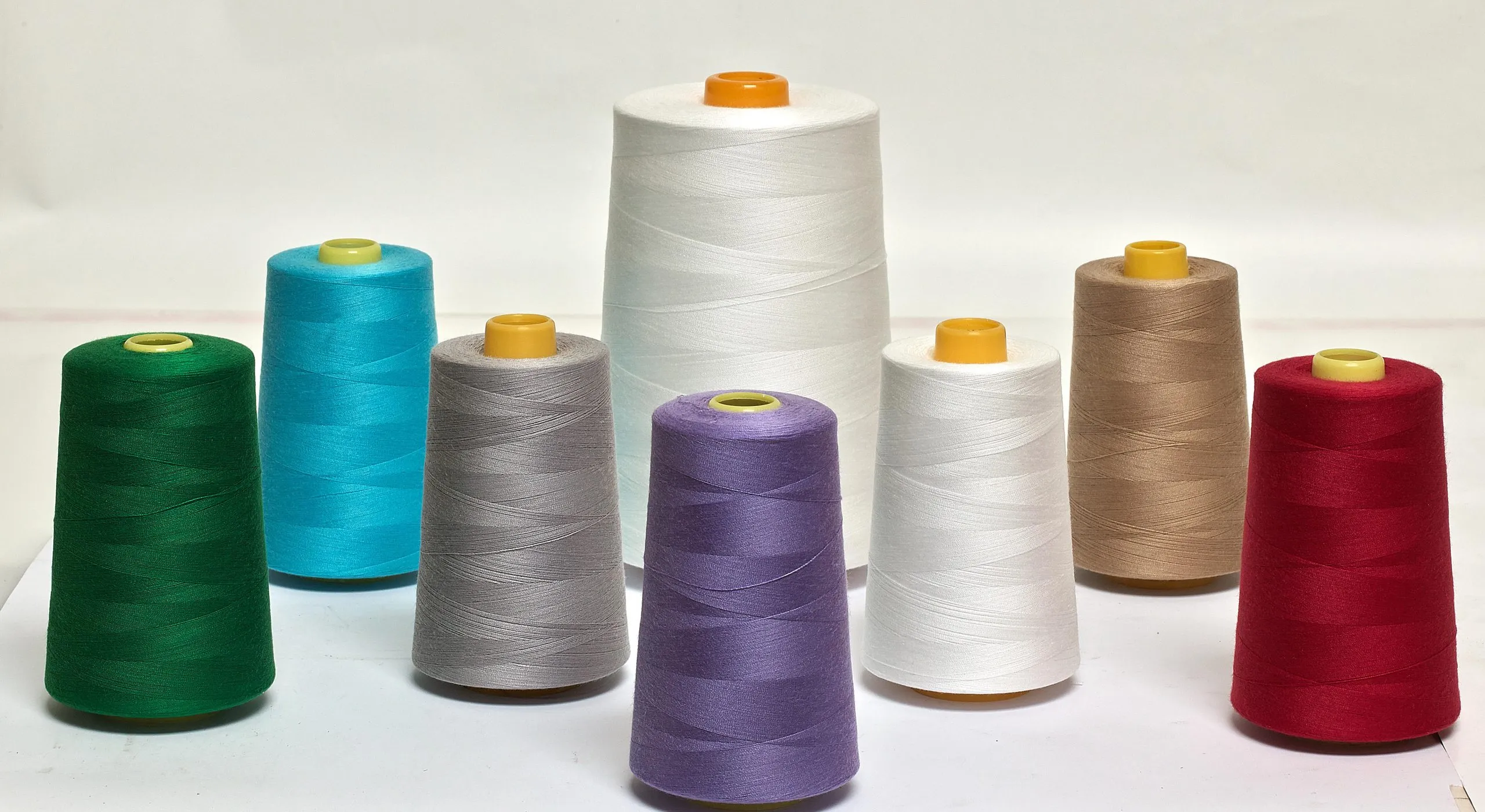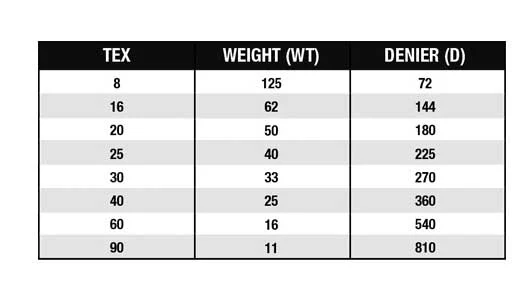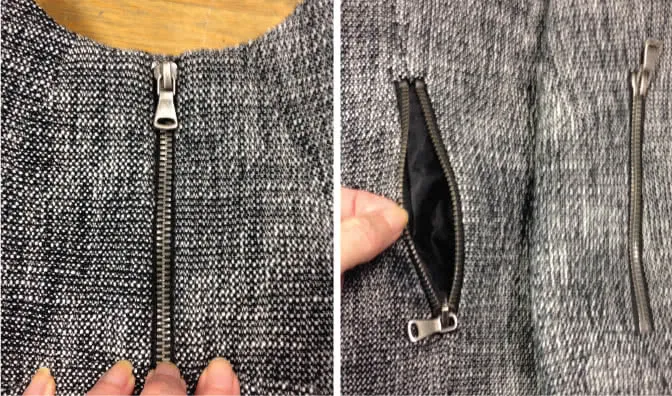
Zippers are small but mighty components that hold garments together and define both their look and function. A good zipper ensures ease of wear, enhances durability, and sometimes even adds to the design itself. From heavy-duty jeans to delicate dresses, every piece of clothing relies on the right type of zipper to function properly and maintain its shape. Zippers are generally classified by material, function, and design purpose. Understanding these differences helps designers, manufacturers, and even everyday users choose the best option for strength, flexibility, and style.
Zipper Types by Material
When you pick a zipper by material, you decide between metal (brass, aluminum, nickel), coil (nylon or polyester), and molded plastic (polyacetal), each affecting weight, flexibility, and appearance. Metal gives you classic strength for jeans and leather; coil is light and flexible—common in dresses and linings—and often comes in sizes #3–#5; molded plastic offers weather resistance for outerwear and backpacks, typically in #5–#10 ranges.
Metal Zippers
Metal zippers are the oldest and most traditional type, recognized for their strength, durability, and classic look.
They are made of brass, aluminum, nickel, or antique-finished metal and are firmly set into the zipper tape. Each tooth is individually clamped, giving a solid interlocking mechanism that can endure years of use.
- Advantages: Long lifespan, strong holding capacity, and premium visual appeal.
- Limitations: Can feel heavy, may corrode if exposed to moisture, and not suitable for lightweight or delicate fabrics.

Key Characteristics:
- Durability: Excellent resistance to wear and tear, making them ideal for heavy fabrics.
- Aesthetic Appeal: The metallic shine adds a touch of ruggedness or luxury, depending on the finish.
- Smooth Functionality: Once broken in, metal zippers glide smoothly and rarely deform.
Common Uses:
-
Jeans, denim jackets, leather garments, boots, handbags, and industrial uniforms.
Coil (Nylon) Zippers
Coil zippers, also known as nylon coil zippers, use a spiral coil (usually made from nylon or polyester) that’s stitched onto the zipper tape. Because the teeth are made of continuous coils rather than individual teeth, these zippers are lightweight, flexible, and self-repairing—meaning they can often be re-aligned if mis-zipped.
- Advantages: Lightweight, rust-resistant, easy to sew, and suitable for both clothing and accessories.
- Limitations: Less durable for heavy or high-stress applications compared to metal or molded types.
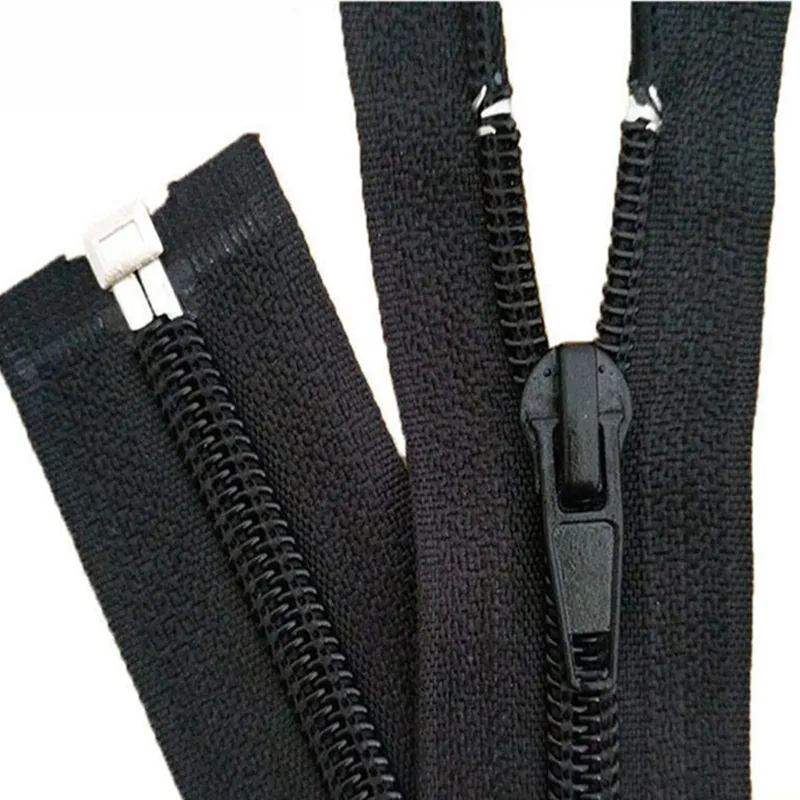
Key Characteristics:
- Flexibility: Can bend and curve easily, perfect for garments with curved seams.
- Smooth Operation: The soft coil glides effortlessly, making them quieter and easier to zip.
- Resilient: Resistant to rust, chemicals, and saltwater, which makes them suitable for travel and outdoor wear.
Common Uses:
-
Dresses, skirts, jackets, sportswear, tents, bags, and luggage.
Molded Plastic Zippers
Molded plastic zippers have individual teeth injection-molded directly onto the zipper tape. The teeth are made from polyacetal resin or similar durable plastic, providing both strength and weather resistance.
- Advantages: Rust-proof, colorful, and durable against harsh weather.
- Limitations: Bulkier than coil zippers and can break if bent sharply under stress.
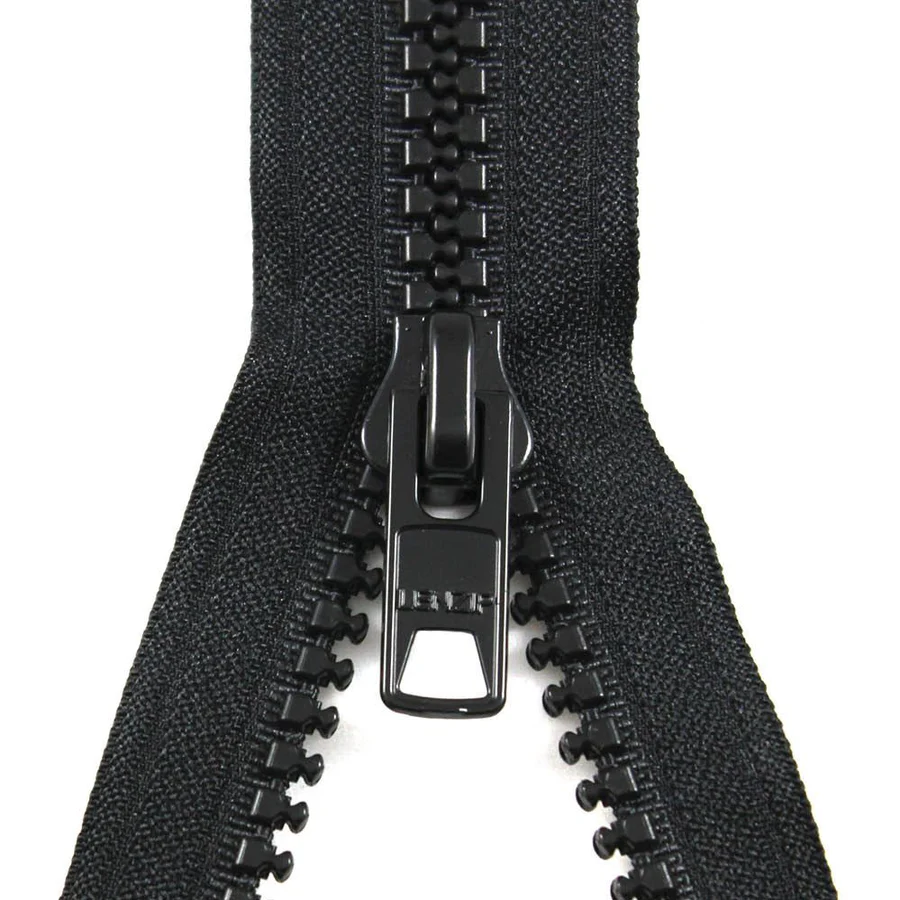
Key Characteristics:
- Weatherproof: Resistant to corrosion, making them perfect for outdoor and marine applications.
- Lightweight Yet Strong: Offer the strength of metal without the added weight.
- Color Options: Can be dyed in vibrant or matching hues to fit modern fashion trends.
Common Uses:
-
Sportswear, children’s clothes, raincoats, backpacks, ski jackets, and outdoor gear.
Zipper Types by Function
By functionality, zippers are grouped as separating (open-end), closed-end (non-separating), invisible, two-way, and specialty types like waterproof or continuous. You choose separating zippers for full-open garments (jackets), closed-end for skirts and bags, invisible for couture, and two-way for luggage or long coats where dual access is needed.
Separating Zippers (Open-End)
Separating zippers feature a box-and-pin system at the bottom that allows both sides to completely detach. They’re designed for garments that need to open fully.
- Advantages: Easy to put on and take off, ideal for front-open designs.
- Limitations: More expensive to produce and replace than fixed zippers.
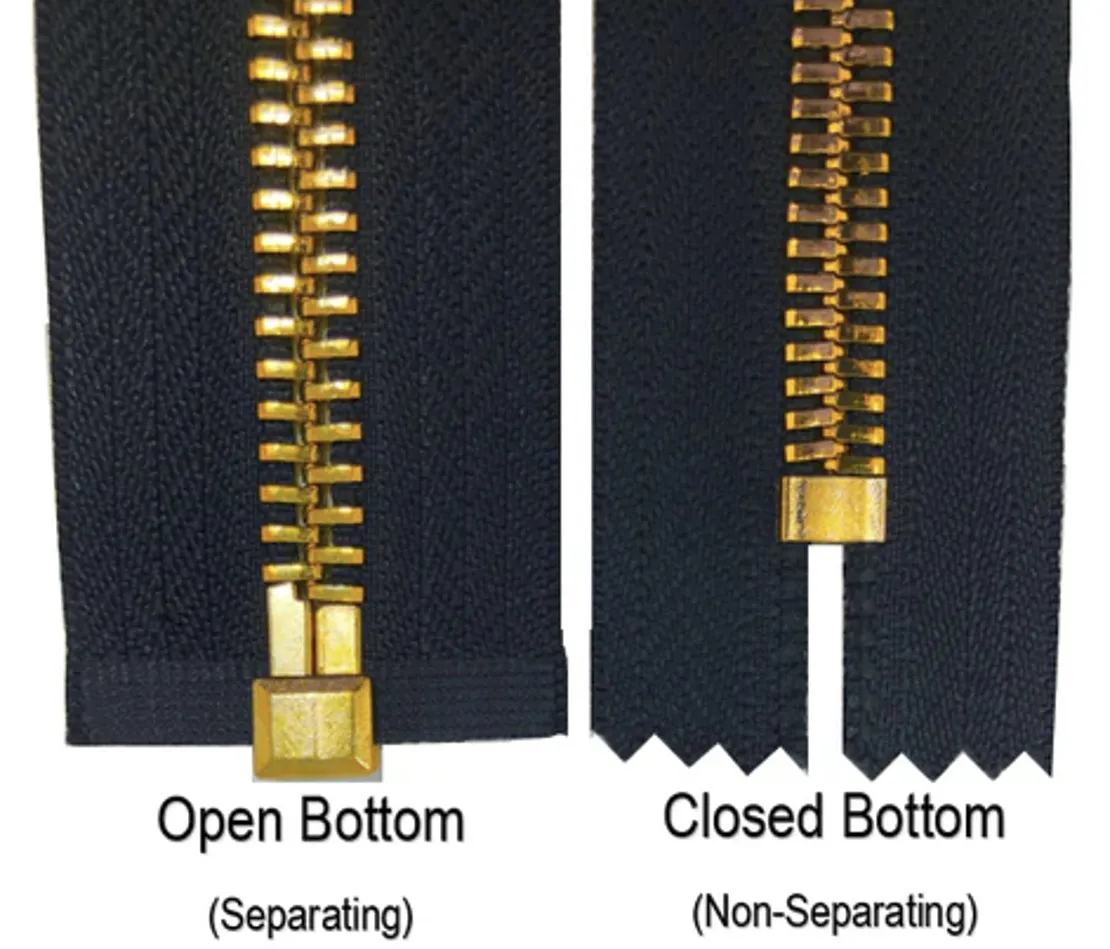
Key Characteristics:
- Found in jackets, coats, and outerwear.
- Allow easy dressing and undressing.
- Available in both one-way and two-way versions for flexible use.
Closed-End Zippers (Non-Separating)
These zippers have a bottom stop that prevents the two sides from separating completely. They open only partway from the top.
- Advantages: Cost-effective and durable for medium-load closures.
- Limitations: Cannot be fully opened; less suitable for jackets or coats.
Key Characteristics:
- Simple construction with fixed ends.
- Common in trousers, skirts, boots, and bags.
- Can be placed vertically or horizontally depending on garment design.
Invisible Zippers
Invisible zippers are designed so that the teeth are hidden behind the garment fabric when closed. They use fine nylon coils and a special concealed sewing method.
- Advantages: Nearly invisible, smooth, and flexible.
- Limitations: Less durable than exposed zippers; more difficult to repair.
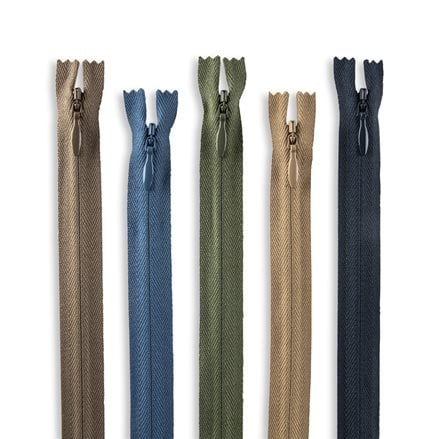
Key Characteristics:
- Provide a clean, seamless appearance.
- Require a special invisible-zipper foot for sewing.
- Offer elegance and subtlety for formal or fitted clothing.
Common Uses:
-
Dresses, skirts, pillow covers, and couture garments.
Two-Way Zippers
Two-way zippers have two sliders that allow opening from both the top and bottom. They combine convenience with versatility.
- Advantages: Flexible use and excellent for travel or performance wear.
- Limitations: Slightly heavier and more complex to install.
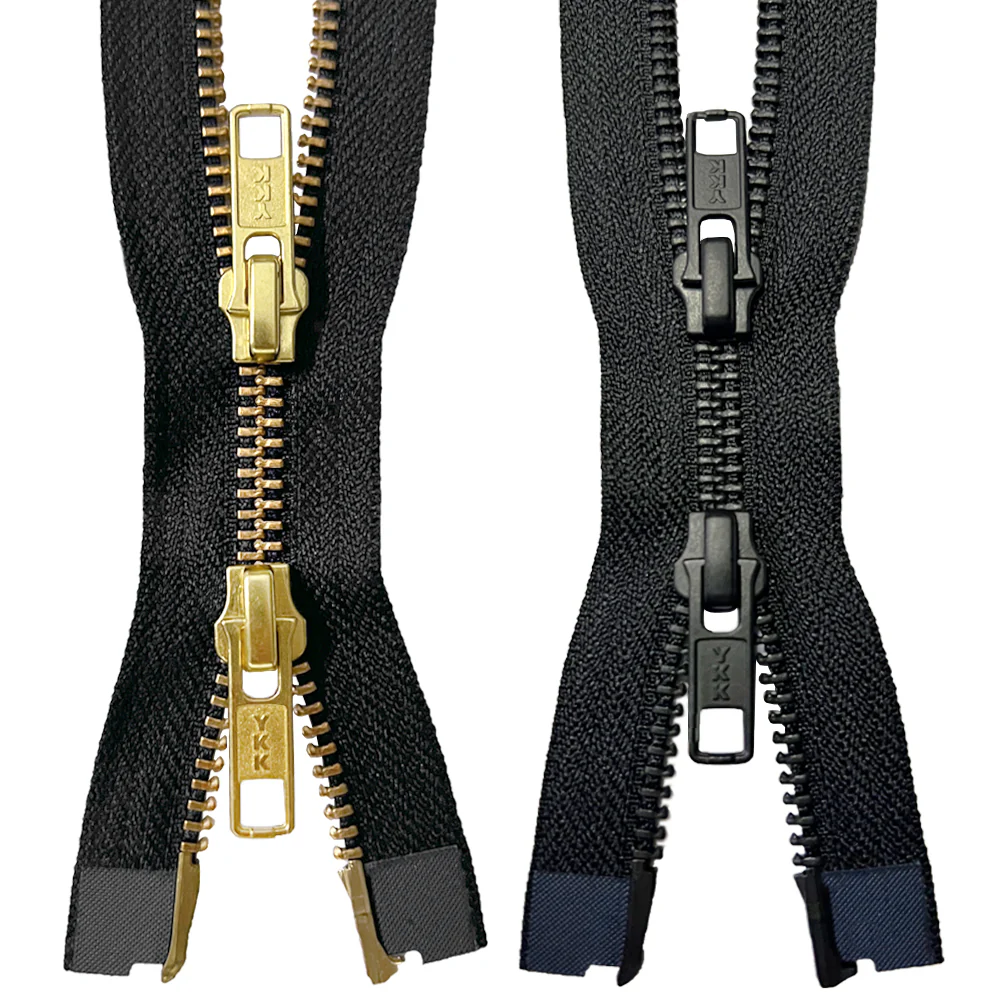
Key Characteristics:
- Offer ventilation or flexibility without fully unzipping.
- Commonly used in long coats, sleeping bags, and luggage.
- Provide ergonomic benefits for sitting or bending.
Other Specialized Zipper Types
Waterproof Zippers
These are coated or laminated with polyurethane (PU) or rubberized materials to prevent water penetration. The zipper teeth are often covered by a protective flap or film.
- Advantages: Protects against rain, snow, and moisture while keeping garments functional.
- Limitations: Can be stiffer and costlier than regular types.
- Common Uses: Outdoor jackets, diving suits, sportswear, and tents.
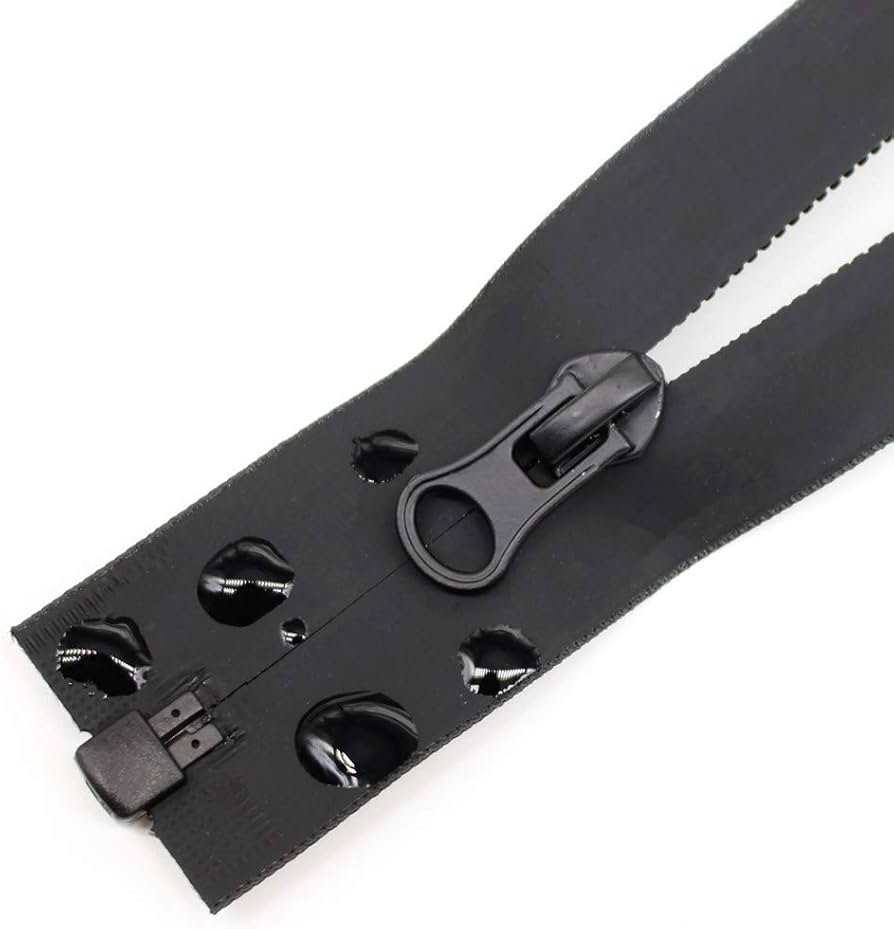
Continuous Zippers
Continuous zippers come on rolls and can be cut to any length. They do not have sliders attached until use, allowing full customization.
- Common Uses: Upholstery, sleeping bags, tents, large cushions, and custom-fit covers.
- Advantages: Cost-efficient for mass production; customizable in length and slider type.
- Limitations: Not suitable for heavy stress unless reinforced.
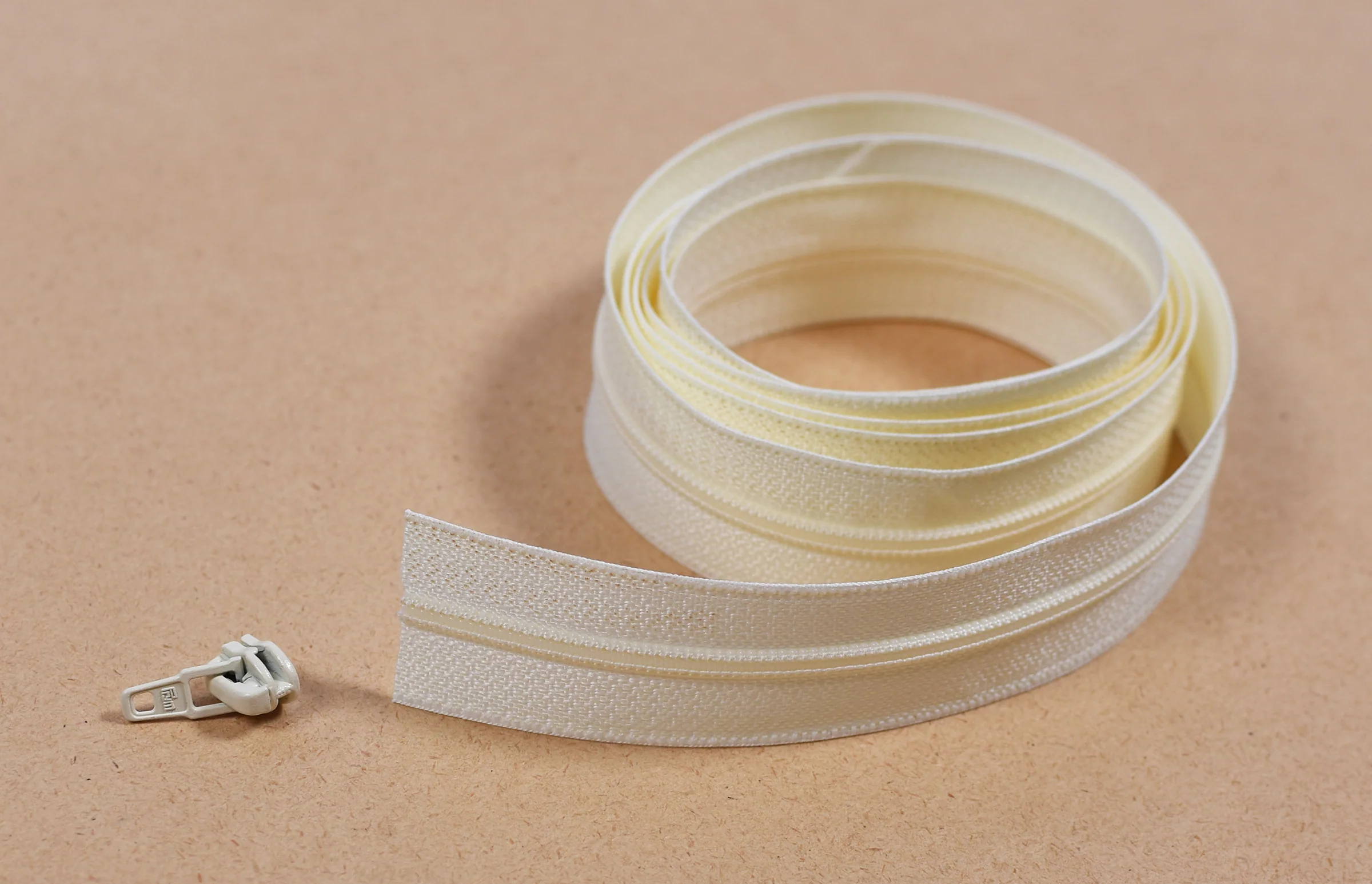
Exposed Zippers
Exposed zippers are used deliberately as a fashion feature rather than being hidden. Designers use them to highlight seams or add decorative value.
- Common Uses: Fashion jackets, skirts, handbags, and modern streetwear.
- Advantages: Bold, stylish, and easy to operate.
- Limitations: Can snag delicate fabrics and may not suit formal clothing.

How to Choose the Right Zipper
When choosing a zipper for any garment, think about:
- Material compatibility: Heavy fabrics like denim need metal or molded zippers; light fabrics work better with coil or invisible zippers.
- Design purpose: Do you want the zipper to blend in or stand out?
- Functional needs: Will the garment need flexibility, waterproofing, or complete separation?
- Durability: Consider how much strain the zipper will experience during wear.
A wrong zipper can ruin a good garment—while the right one enhances comfort, functionality, and aesthetics.
Conclusion / Final Words
Zippers may look simple, but they’re engineering marvels that balance form and function. Each type—from the sturdy metal zipper on your jeans to the delicate invisible one in a dress—serves a unique purpose. Whether for fashion, workwear, or outdoor performance, understanding zipper materials and functions helps ensure every garment closes smoothly and looks its best.

